
Ingredients
-
Castor Oil
Castor Oil
Castor Oil is a humectant, helping to draw moisture to the skin and provide a protective barrier again harsh environmental conditions.

-
Cocoa Butter
Cocoa Butter
A rich vegetable fat with a creamy, chocolatey scent. It has a firm and hard texture and it’s known for its ability to moisturize, soften and lubricate the skin.

-
Coconut Oil
Coconut Oil
A very versatile carrier oil. Excellent in its ability to form a quick absorbing, moisturizing barrier on the skin. It produces a rich lather, however too much coconut oil can be drying for the skin.

-
Hemp Oil
Hemp Oil
An excellent vehicle for providing essential fatty acids to your skin. Contains high levels of unsaturated fats, which hold great moisturizing properties.

-
Olive Oil
Olive Oil
A very versatile vitamin rich oil. Containing polyphenols and oleic acid, it is an effective anti-ager, working to improve skin tone and texture. Providing bar soap with a gentle and creamy lather, making it a great companion to dry or sensitive skin.

-
Shea Butter
Shea Butter
Extracted from the nuts of the Shea tree, native to Africa, Shea butter is a fatty oil that exists as a solid at room temperature. It contains 4-9% unsaponifables (additional components that can’t be fully converted into soap) which means it’s an excellent skin loving ingredient.

-
Activated Charcoal
Activated Charcoal
Activated Charcoal has the amazing ability to control oils on our skin, drawing away the impurities that build up in the pores. Effective in the removal of dead cells. Also a highly effective natural colorant.

-
Alkanet Root
Alkanet Root
Alkanet is a biennial or perennial herbaceous plant that grows about 0.3 to 0.6 m in height. The plant is found growing in all kinds of temperate environments such as grazing pastures, in alfalfa fields, in pine forests, or on prime rangeland. The plant has dark red root of blackish appearance externally but blue-red inside, with a whitish core. Traditionally used to soothe itching or irritated skin.
-
Annato Seed
Annato Seed
A natural additive that is loaded with Vitamins C, B’s, and E. They contain wonderful amounts of antioxidants which are thought to help protect the skin from environmental free radical damage.
-
Apricot Shell
Apricot Shell
Ground from the seeds of apricots, this all natural exfoliant is perfect for deep-cleaning, renewing and detoxifying. Gentle enough for the face yet effective enough for calloused and dry skin.
-
Bentonite Clay
Bentonite Clay
Useful on oily skin with excellent oil absorbing properties that are thought to remove toxins and revitalize the skin.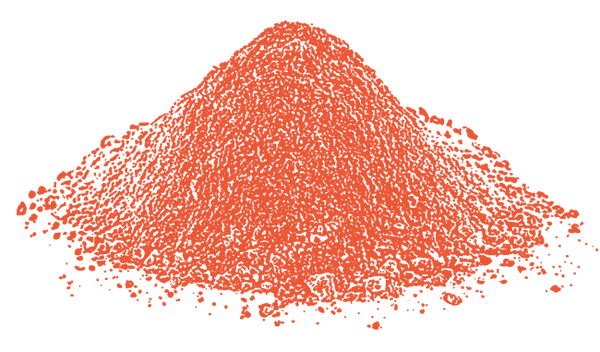
-
Black Sesame
Black Sesame
Ground seeds used as a light exfoliating agent, helping remove dead skin cells from the surface of the skin.
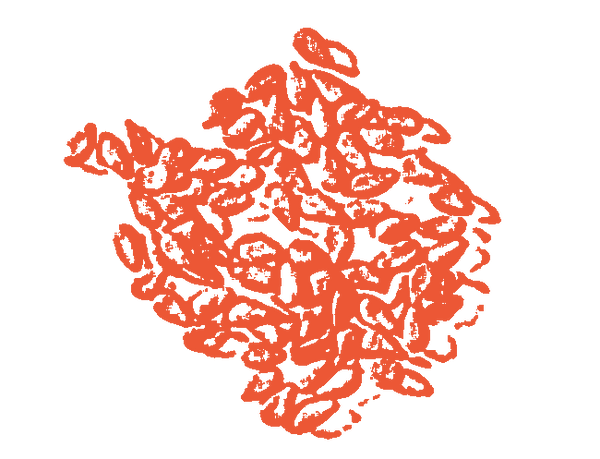
-
Brazilian Red Clay
Brazilian Red Clay
A natural kaolin clay from sedimentary rocks. Helps to promote cell development and remove impurities from the skin. It is an antioxidant with detoxifying effects.

-
Brazilian Purple Clay
Brazilian Purple Clay
Brazilian Purple Clay is a natural clay from sedimentary rocks. It contains magnesium which helps improve your skin's overall appearance. A very light exfoliant and effective natural colorant.
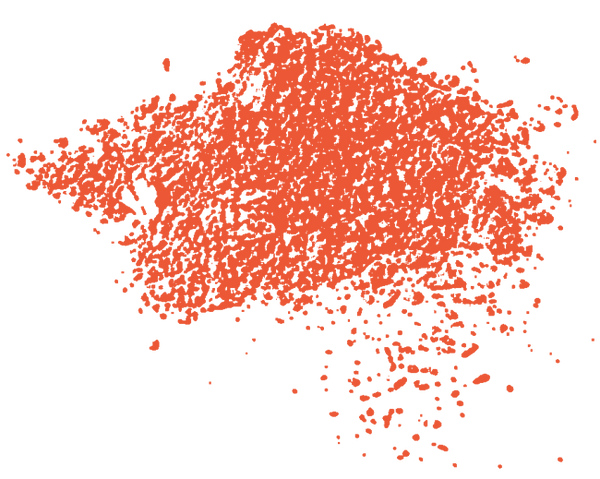
-
Calendula
Calendula
Generally used to add color and texture, Calendula is believed to contain many trace healing properties. Packed with anti-oxidants and anti-inflammatory characteristics, some studies have shown that calendula may enhance skin hydration and stimulate firmness and elasticity.

-
Carrot Powder
Carrot Powder
Contains high levels of carotenoids, potassium, Vitamin C, essential nutrients and amino acids. Excellent in helping the skin bounce back from sun damage.

-
Coffee Grounds
Coffee Grounds
A natural exfoliating agent and subtle colorant.

-
Colloidal Oatmeal
Colloidal Oatmeal
Provides moisturizing properties by creating a protective barrier on the surface of the skin.

-
Crushed Botanical
Crushed Botanical
Natural texture and seasonal additive. Light and varied exfoliating agent.
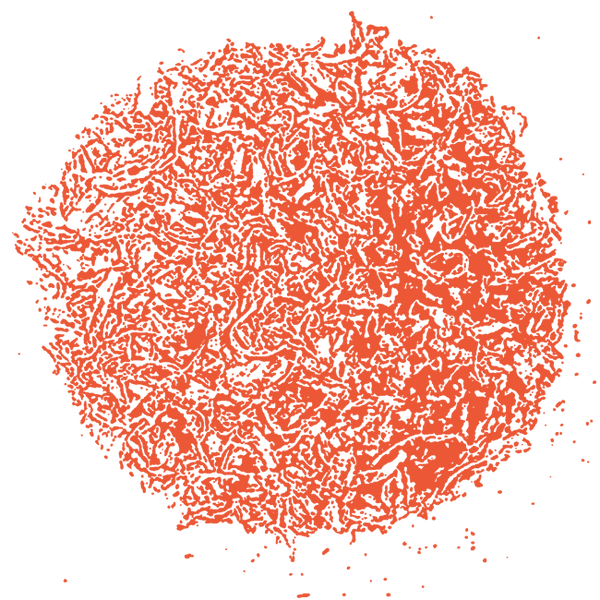
-
French Green Clay
French Green Clay
Originating from the sedimentation of silico-aluminum with its color resulting from the oxides present in these rocks. French green clay absorbs and removes impurities from the skin.

-
Hibiscus
Hibiscus
A natural colorant and botanical additive that is rich in antioxidants.
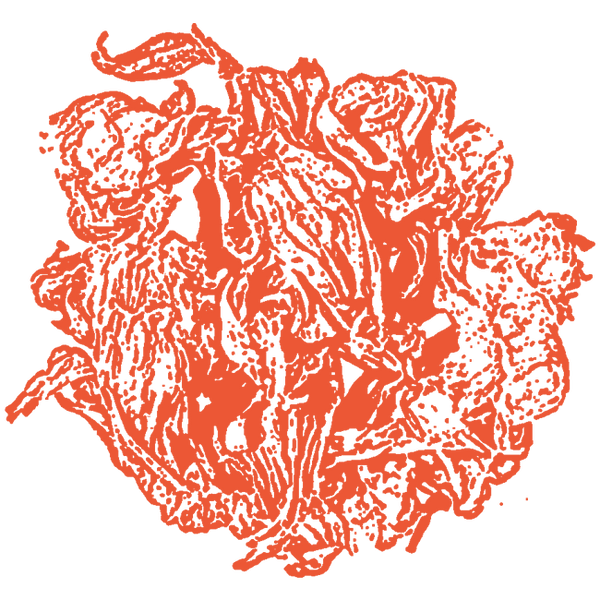
-
Indigo Powder
Indigo Powder
Natural deep blue colorant.

-
Iron Oxide
Iron Oxide
Natural color additives. Purely used for aesthetic and visual appeal.
-
Kaolin Clay
Kaolin Clay
Used for centuries to absorb excess oil from the skin and act as a restorative agent.

-
Pumice Stone
Pumice Stone
A light grey, porous volcanic rock that floats. When ground down it is an excellent exfoliant.

-
Rhassoul Clay
Rhassoul Clay
A magnesium rich clay. Rhassoul Clay is full of metallic elements that carry a negative charge, drawing out the positively charged toxins, bonding to them and making it easy to simply wash them away.
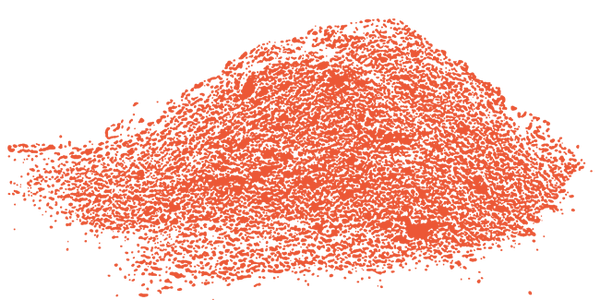
-
Sodium Lactate
Sodium Lactate
Contains strong antimicrobial and humectant properties. Creates a harder, longer lasting soap bar.
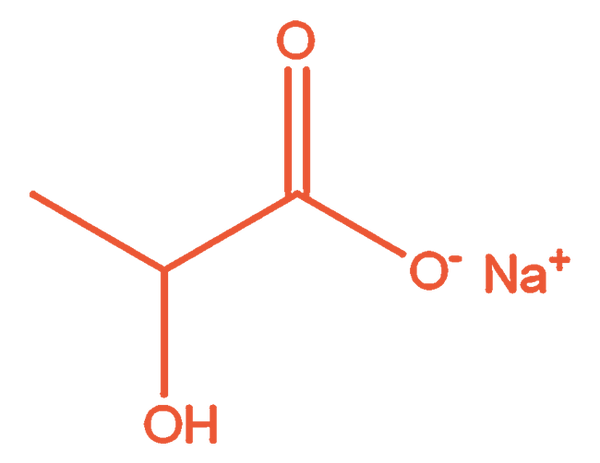
-
Spirulina Powder
Spirulina Powder
Spirulina is a type of oceanic algae that contains large concentrations of vitamins and minerals, including the B complex vitamins. It is high in a specific and rare type of fatty acid called gamma linolenic acid that is found in very few substances on Earth.
-
Bergamot
Bergamot
Smells of citrus and possesses a beautifully complex aroma with underlying floral and bitter characteristics. Antibacterial, antidepressant and antiseptic. Known for its ability to help balance oily skin.

-
Birch
Birch
Sweet, sharp scent that is very fresh and similar to wintergreen (similar to root beer). Great for muscle aches, pains and inflammation.

-
Black Pepper
Black Pepper
Sharp, spicy scent faintly reminiscent of Clove.
-
Blood Orange
Blood Orange
A sweet citrus oil that is slightly tart with a complex aroma. Strong middle note cold pressed from the peel of the fruit.

-
Cedarwood
Cedarwood
A middle note of strong aroma, this oil has a sweet woody scent and is sometimes reminiscent of sandalwood. An oil that varies greatly in profile depending on its region of origin. Commonly used to treat acne, oily skin, dandruff, eczema, psoriasis, arthritis, circulation problems, water retention, coughs and congestion and sinusitis. It's many properties include antiseptic, aphrodisiac, astringent, diuretic, expectorant, sedative (nervous), circulatory stimulant and fungicidal.

-
Clove
Clove
A warm spicy note that smells very much like the actual spice.

-
Eucalyptus
Eucalyptus
Herbaceous scent with soft woody undertones. An excellent respiratory revitalizer and natural coolant upon skin contact.

-
Fir Needle
Fir Needle
A middle note of strong aroma, Fir Needle Essential Oil has the sharp crisp, clean scent of fir needles.
-
Frankincense
Frankincense
A classic base note with warm, spicy, smokey and woody aroma.

-
Ginger
Ginger
A middle note with warm, spicy scent with a hint of lemon pepper.

-
Juniper Berry
Juniper Berry
A middle note with a fresh, rich, balsamic scent reminiscent of pine needles crossed with fresh carrots.

-
Lavender
Lavender
Rich, dense, floral aroma ranging in dynamic depending on its region of origin. Differences in soil, altitude, precipitation and temperature contribute to subtle changes in its scent.

-
Lemongrass
Lemongrass
A fast growing, tall, aromatic perennial grass that grows up to 1.5 meters in height. A top note that has a fresh, earthy, lightly-citrusy scent, almost aqueous and clear.

-
Litsea Cubeba
Litsea Cubeba
A top note with a crisp herbaceous citrus smell.

-
Mandarin
Mandarin
A top note with a light aroma, Mandarin has an intense, fresh scent characteristic of sweet oranges.
-
Neroli
Neroli
Neroli is one of the shining stars of the perfume industry, and has been for the past 500 years since it became a popular simple fragrance in Venice. This oil has a dry, heady scent. Thought to be one of the secret flavouring agents in Coca Cola.

-
Nutmeg
Nutmeg
Nutmeg's scent is soft, spicy, and woody with a slightly musky note. Derived from an evergreen tree capable of growing 20 meters in height. It produces a fleshy red fruit that is then dried. The exterior husk is dried and produces Mace, while the seeds produce Nutmeg.
-
Orange
Orange
A middle note with a sweet citrus smell, cold pressed from the peel of the fruit.

-
Patchouli
Patchouli
A base note with a distinct earthy aroma surrounded by light fruity notes.

-
Peppermint
Peppermint
A strong and memorable aroma. It holds a sharp and penetrating scent based on its high menthol content.

-
Rosemary
Rosemary
A top note with a strong aroma, Rosemary has a fresh, strong, medicinal, camphor, woody and herbal scent. An evergreen shrub with numerous branches, Rosemary's bark is ash-colored and scaly with leathery, thick leaves that are lustrous and dark green with white underneath.
-
Sage
Sage
A middle note with a mild, fresh, earthy and flora aroma leaning slightly into herbaceous territory.

-
Sandalwood
Sandalwood
A rich, balsamic, sweet fragrance with delicate wood notes that add to its reputation as a luxurious and exquisite oil. A very rare oil, used mostly in a 3% dilution due to its lack of sustainability.
-
Spanish Marjoram
Spanish Marjoram
A middle note with a warm and spicy tone.

-
Spearmint
Spearmint
A top note with a fresh minty smell reminiscent of a sweeter, more subtle peppermint.

-
Tea Tree
Tea Tree
A middle note with a fresh, slightly medicinal scent with woody, camphoraceous notes.

-
Vetiver
Vetiver
A base note with strong earthy aroma characteristic of oils derived from roots. Distilled from the roots of a grass used in India and Sri Lanka for the creation of woven matting.





































































